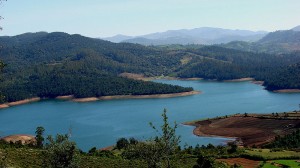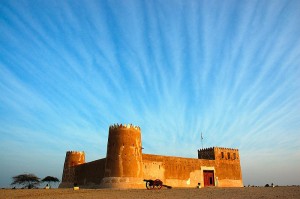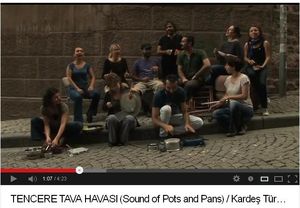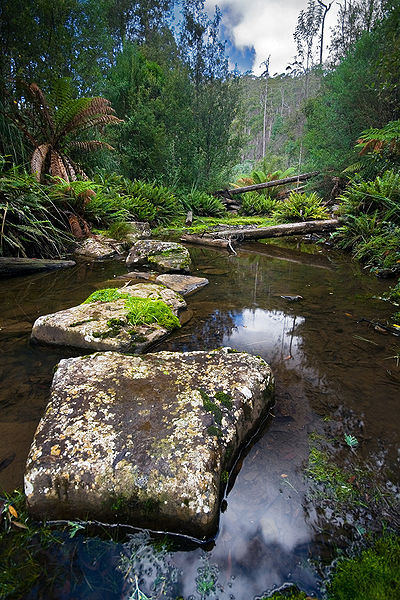The recent data reported by the India’s ministry of environment and forests and a group of environmentalists, show that the extent of forest land being diverted across India on an average stands at 135 hectares (around 333 acres) per day. It is also reported that these diversions or land allocations are done for a number of reasons including allocations for coal mines, thermal power plants, industrial or river valley projects. Therefore, large areas of forest land are given to public and private agencies in the name of development projects. The states that are currently allocating major forest land to these new projects include Madhya Pradesh, Maharashtra, and Jharkhand as reported by Times of India. Another example is allocation of hundreds of hectares of Amrit Mahal kaval land, categorized as forest land according to Rule 33 of the Karnataka Forest Rules 1969, which have been allegedly diverted to Bhabha Atomic Research Centre, Isro and DRDO, which are planning to build sensitive projects here.
It also has been reported that a number of legal cases are in the courts and before the National Green Tribunal. As also reported by Times of India, the ongoing and extensive diversion and allocation of 333 acres a day, to non-forest activity shows the country is sitting on an ecological time bomb. It is very alarming to see this type of deforestation rate and remind these communities that the depletion of these forest lands impacts the climate, biodiversity and water resources.




















